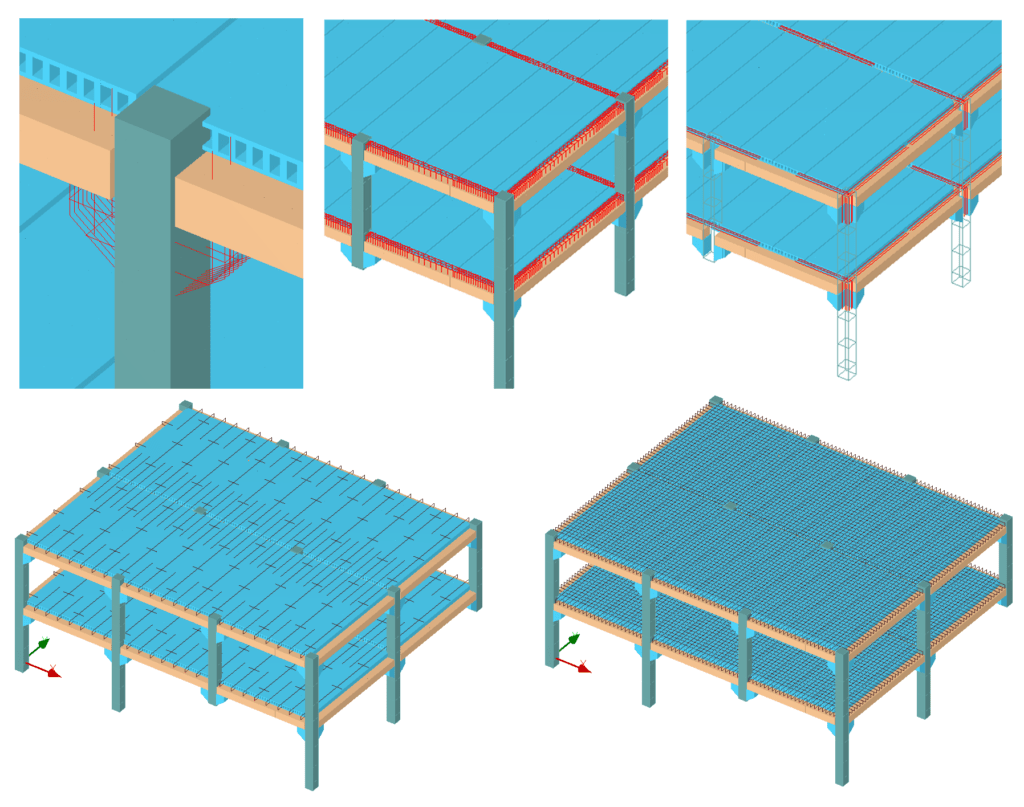The PREBUST research project, funded by the Spanish Ministry of Science and Innovation, aims to evaluate the robustness of precast concrete structures to extreme events such as terrorist attacks, tsunamis, impacts or explosions.
To this end, we have just started the construction of a test building that will be subjected to sudden removal of columns. With the sudden removal of columns, we intend to simulate the consequences that any of the aforementioned extreme events could have on the structure, and thus be able to evaluate its sensitivity to these actions. This project has benefitted greatly from our collaboration with LIC (https://lic-sl.com/), who also own the facilities that we are using as an outdoor laboratory.
The test building whose construction has started consists of a full-scale prefabricated concrete structure with 6 bays (3 x 2 spans) and two floors, with a floor plan of 15 x 12 m2. Its foundations consist of cast-in-place isolated footings connected by tie beams, with grouted sleeve connections ready for positioning the prefabricated columns. These columns include corbels to support the prefabricated beams which, in turn, will support the prestressed hollow core slabs. Each floor is then completed with a cast-in-place concrete topping.
After construction is complete, tests considering different edge and corner column failure scenarios will be performed. With this experimental campaign, we intend to evaluate the robustness of this type of structures against extreme events. In addition, the experimental results will allow us to: i) validate advanced computational models that can be used to analyse a larger number of cases; ii) develop effective construction details against such actions; and iii) develop simplified calculation methodologies to consider, indirectly, complex structural phenomena such as mechanical non-linearity or dynamic effects arising from abnormal loading.






